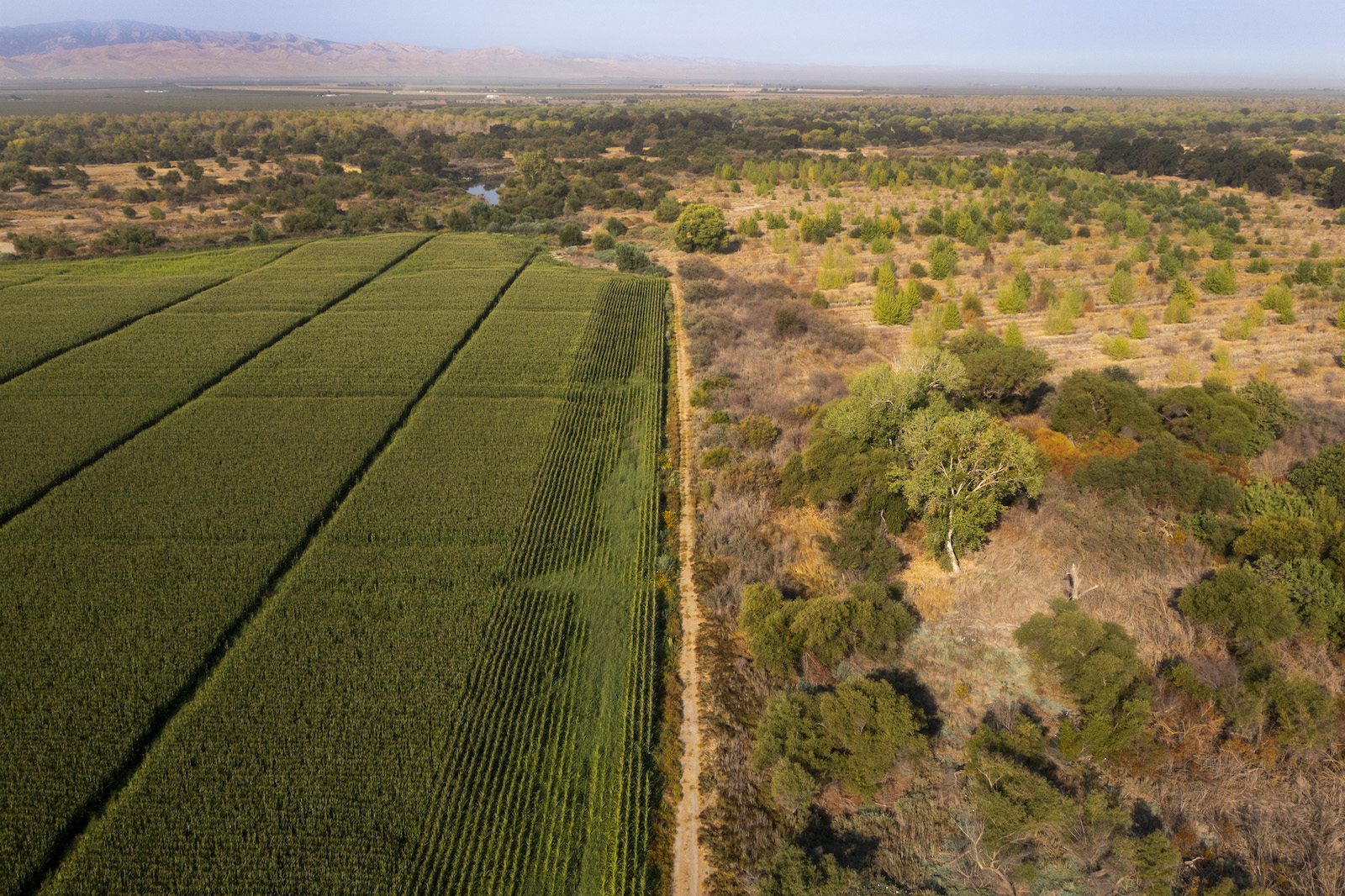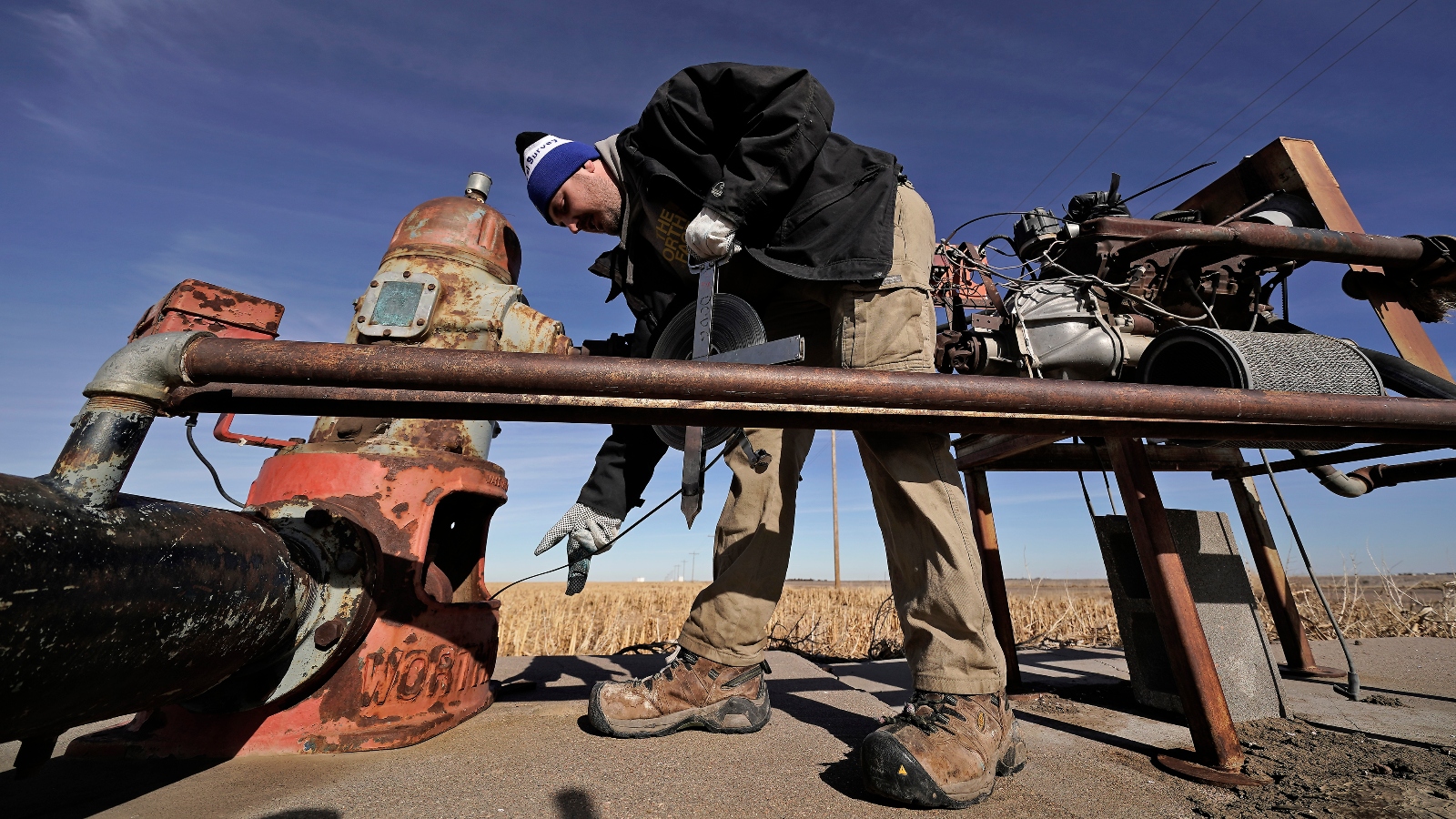Groundwater levels are falling worldwide — but there are solutions
Jan 24, 2024
The world’s groundwater aquifers are taking a beating. Decades of unrestrained pumping by thirsty farms and fast-growing cities have drained these underground rock beds, which hold more than 95 percent of the planet’s drinkable water, pushing countries like Iran to the brink of humanitarian disaster. Aquifer health is also suffering in the United States, where groundwater overdraft in states such as Arizona has dried out wells and caused land to sink and rupture.
But a new study published in the scientific journal Nature this week highlights the few places in the world where groundwater levels are actually recovering. Using 40 years of measurement data from 170,000 groundwater wells, a team of researchers identified a few key policies that can stop water tables from crashing — and even restore them. These policies are all difficult to execute, and each has its own economic costs, but the new data offers hope to areas like California’s Central Valley, which are struggling to slow down massive groundwater declines.
“Much of the dialogue linked to groundwater has focused on depletion, and the novelty in this work lies in our ability to profile some of these cases where groundwater levels have recovered,” said Scott Jasechko, a professor of water resources at the University of California, Santa Barbara, and the lead author of the study. “Although they are rare, these provide informative examples of ways that things might be turned around elsewhere.”
To create a map of aquifer changes around the world, the authors liaised with dozens of governments and compiled more than 1,300 different studies. The more than 40 countries from which they got data account for more than 75 percent of the world’s groundwater usage. After they created the map, Jasechko and his team zoomed in on places where water levels were rising and followed up with local governments in those areas, to see how they’d done it.
The first solution the researchers hit on is obvious: If you’re running out of groundwater, find another water source. The authors point to the success of Albuquerque, New Mexico, which relied on its aquifers to support rapid urban growth over the course of the late twentieth century. When new studies showed the aquifers had much less water than officials thought, they turned to the tributaries of the Colorado River for an alternative supply, building a treatment plant and a series of pipelines to import river water and give the aquifers a break.
“In the ’80s and early ’90s, there was an idea that Albuquerque was sitting on top of a Lake Superior level of water, and then in the ’90s they found out that wasn’t true,” said Mark Kelly, the water resources manager at Albuquerque’s water utility. “That was like a wake-up call, and we changed our strategy.”
The Biden administration has sought to replicate this solution in other parts of the country, spending more than $8 billion to create new reservoirs and pipelines for rural areas that depend on groundwater. But these projects are far too expensive for local governments to pursue without federal help; in the case of New Mexico, the cost of importing Colorado River water ran to more than $450 million, financed by utility cost increases on Albuquerque residents. Furthermore, as the recent history of the Colorado River shows, surface water isn’t always a sure bet — the river itself reached record lows during a recent dry spell in 2022 and forced some farmers in the West to turn back to groundwater for irrigation.
“Further tapping of the Colorado River and moving that water elsewhere can deplete the availability of water in the Colorado itself,” said Jasechko. “I think it would be too generous to call that a solution.”
The second way of halting aquifer decline is to replenish underground water through a strategy known as “managed aquifer recharge,” which involves pushing water down into an aquifer to refill a depleted rock bed. This strategy has already taken off in some water-stressed parts of the U.S. West. In Tucson, Arizona, local officials stored Colorado River water underground to help restore water levels that had been declining for years, giving them a bank they can draw on during extreme droughts. Here, too, it helps to have a substitute surface water source such as a river, though some governments have found alternate supplies. In central Spain, for example, a series of recharge pilot projects have used rooftop runoff and reclaimed wastewater to refill aquifers.
The third solution doesn’t rely on a substitute water source, but it has its own costs. The researchers highlight the case of Bangkok, Thailand, which imposed stringent restrictions on groundwater pumping toward the end of the 20th century after huge chunks of the city’s land started to sink. In the years since, the city’s water table has recovered, and parts of its land have even started to rise again. This improvement didn’t come without a cost: In order to protect its land from sinking, Bangkok had to curb the construction of new factories and industrial plants, meaning it may have lost out on economic growth.
“The measures that have been put in place have helped them a little to recover,” said Jasechko, “but also at the expense of industrial development, and potentially jobs.”
Despite the high cost of importing surface water and the political difficulty of cracking down on groundwater usage, the study’s authors say many countries will need to implement these solutions in order to forestall the even worse consequences of aquifer depletion. The loss of residential wells can make whole neighborhoods unlivable, a risk that has already become real for some residents in Arizona. And if agricultural wells go dry, as happened in Iran, it can threaten regional or national food supplies.
While the case studies of recovery provide blueprints for other areas, climate change might make replicating them difficult, said Helen Dahlke, a professor of hydrology at the University of California, Davis. As the earth warms, precipitation totals in dry areas will fall, and the decline in rain might cancel out some of the positive effects of groundwater regulation.
“The measures that they’re talking about would be that much more impactful if they were able to counterbalance the decline in precipitation,” she said. “You’re playing a game of, ‘how much is coming in, and how much is going out?’”
This story was originally published by Grist with the headline Groundwater levels are falling worldwide — but there are solutions on Jan 24, 2024.


